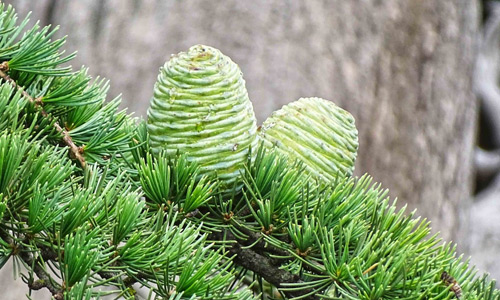We value your privacy
We use cookies to enhance your browsing experience, serve personalized ads or content, and analyze our traffic. By clicking "Accept All", you consent to our use of cookies.
We use cookies to help you navigate efficiently and perform certain functions. You will find detailed information about all cookies under each consent category below.
The cookies that are categorized as "Necessary" are stored on your browser as they are essential for enabling the basic functionalities of the site. ...
Necessary cookies are required to enable the basic features of this site, such as providing secure log-in or adjusting your consent preferences. These cookies do not store any personally identifiable data.
No cookies to display.
Functional cookies help perform certain functionalities like sharing the content of the website on social media platforms, collecting feedback, and other third-party features.
No cookies to display.
Analytical cookies are used to understand how visitors interact with the website. These cookies help provide information on metrics such as the number of visitors, bounce rate, traffic source, etc.
No cookies to display.
Performance cookies are used to understand and analyze the key performance indexes of the website which helps in delivering a better user experience for the visitors.
No cookies to display.
Advertisement cookies are used to provide visitors with customized advertisements based on the pages you visited previously and to analyze the effectiveness of the ad campaigns.
No cookies to display.
|
Division
|
Gymnosperms
|
|
Class
|
Coniferopsida |
|
Order |
Coniferales |
|
Family
|
Pinaceae |
|
Genus
|
Cedrus |
|
Species
|
deodara |

|
Etymology:
|
Cedron is a small river in Judaea the original home of Cedrus species and hence the Greek name ceadron. Cedrus is the latin name for Cedrus and it is commonly known as Cedars. |
|
Botanical name:
|
Cedrus deodara (Roxb.) G. Don |
|
Local/Trade Names: |
Himalayan Cedar, Deodar |
|
Conservation status:
|
Forms a forest type in Western Himalaya. |
|
Digonestic features:
|
Leaves acicular (needle like). |
|
Description: |
An evergreen, robust tree, 20-30 m tall. Bark grayish, flaking off as oblong scales. Leaves acicular, 2.5-4 cm long, persistent, 3-sided, glaucous. Cones erect, barrel-shaped, 6-10 x 4-8 cm, subsessile, resinous. Seed 2 to each scales, triangular with a broad membranous apical wings. |
|
Distribution: |
Widely distributed in the Western Himalaya from Afghanistan to West Nepal. |
|
Where to see it: |
Pinetum |
|
Uses: |
Strongest of Indian coniferous woods, used for door and window frames, furniture packing-cases, beams, masts, spars and shingles, and also for bridges and railway sleepers. Wood yields an oleoresin and a dark coloured oil used for ulcers and skin diseases. Needles yield an essential oil. Wood considered diuretic, diaphoretic and carminative. Bark used in diarrhoea and dysentery. |
Chief Conservator of Forests & Chief Wildlife Warden is the Head of the Department. There is one post of Conservator of Forests & two posts of Deputy Conservator of Forests viz.